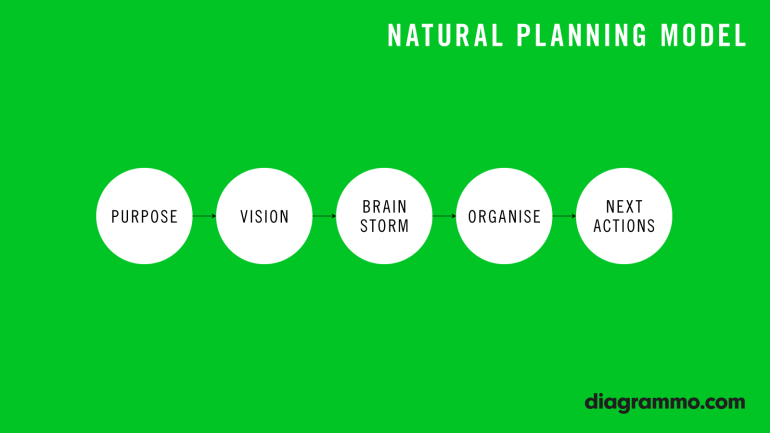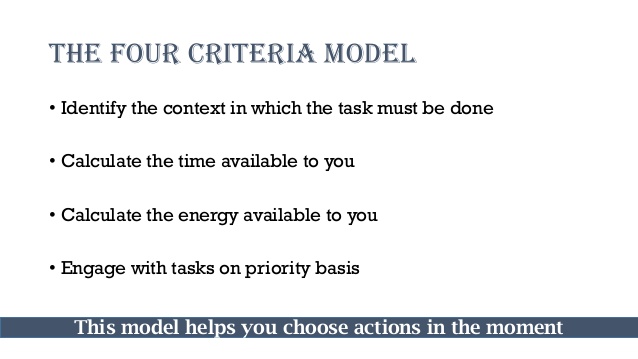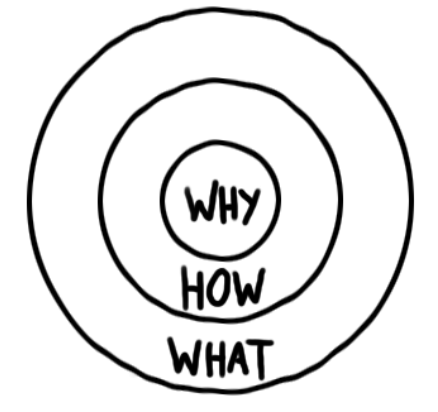Transition Project
(→Value Proposition Canvas) |
(→Value Proposition Canvas) |
||
| Line 49: | Line 49: | ||
Alexander Osterwalder describes the Value Proposition Canvas as a 'Plug-in' to the Business Model Canvas allowing the project manager to zoom in on creating value for the customers.<ref> http://businessmodelalchemist.com/blog/2012/09/test-your-value-proposition-supercharge-lean-startup-and-custdev-principles.html </ref>. | Alexander Osterwalder describes the Value Proposition Canvas as a 'Plug-in' to the Business Model Canvas allowing the project manager to zoom in on creating value for the customers.<ref> http://businessmodelalchemist.com/blog/2012/09/test-your-value-proposition-supercharge-lean-startup-and-custdev-principles.html </ref>. | ||
The Value Proposition Canvas looks at two parts - the value proposition map and the customer segment map, as seen in Figure 1. | The Value Proposition Canvas looks at two parts - the value proposition map and the customer segment map, as seen in Figure 1. | ||
| + | |||
| + | [[File:vpc.png]] | ||
==Business Model Canvas== | ==Business Model Canvas== | ||
Revision as of 15:23, 5 March 2020
==
Contents |
Collection of Tools
Natural Planning Model
The Natural Planning Model is a 5-step procedure detailed by David Allen that aims to describe how our brain plans naturally. Allen defines a project as any outcome requiring more than one action step. [2]
Here are the Natural Planning Model steps
1. Define Purpose and Principles
2. Envision the Outcome
3. Brainstorm
4. Organize
5. Identify the Next Actions
[2]The Four-Criteria Model
The Four-Criteria Model - At any given time of the day, you can use 4 criteria to decide what you should do from among the many things that you could possible work on. The four criteria are context, time available, energy available and priority, in that order. We think that we must work on the task with the highest priority but you are often constrained by the first three criteria. [3]
[4]The Golden Cirkel. -why? -How? -what?
The Golden Cirkel. -why? -How? -what? Is a three step model that analyzes, first the purpose (-Why?), the process (-How?) and what is the result, the product, what does the companey produce (What?). In other ways; "Why do we do it? How do we do it? and what is the result? -the product? ect.
Types of Uncertainty-Matrix
Types of Uncertainty-Matrix
I. Known known. The things we know we know
II. Known unknown. The thing we know that we can't know, how will the weather be in two month.
III. Unknown known. The things we don't know, but the knowledge exist.
IV. Unknown unknown. The unsertainty that we can't know aboute.
Value Proposition Canvas
The Value Proposition Canvas [1] is a tool that can be used to solve the problems of specific customer segments and fulfill their needs, by providing products and services that creates value for the customer. By value we refer to the incentive or attractiveness of a product, that will lead targeted customers to use, purchase or refer a company's product in the detriment of its competitor' offers. Alexander Osterwalder describes the Value Proposition Canvas as a 'Plug-in' to the Business Model Canvas allowing the project manager to zoom in on creating value for the customers.[2]. The Value Proposition Canvas looks at two parts - the value proposition map and the customer segment map, as seen in Figure 1.
Business Model Canvas
SMART Goals Technique
SWOT Analysis
RISK Matrix
References
- ↑ https://leandisruptor.com/
- ↑ http://businessmodelalchemist.com/blog/2012/09/test-your-value-proposition-supercharge-lean-startup-and-custdev-principles.html
[1] - https://remembereverything.org/natural-project-planning [2] - http://diagrammo.com/natural-planning-model [3] - https://medium.com/@hsabnis/getting-things-done-action-choices-43f2467d615c [4] - https://www.slideshare.net/mbaskills01/getting-things-done-51619677 [5] - https://leandisruptor.com/ [6] - https://www.strategyzer.com/canvas/business-model-canvas [7] - [8] - [9] -



